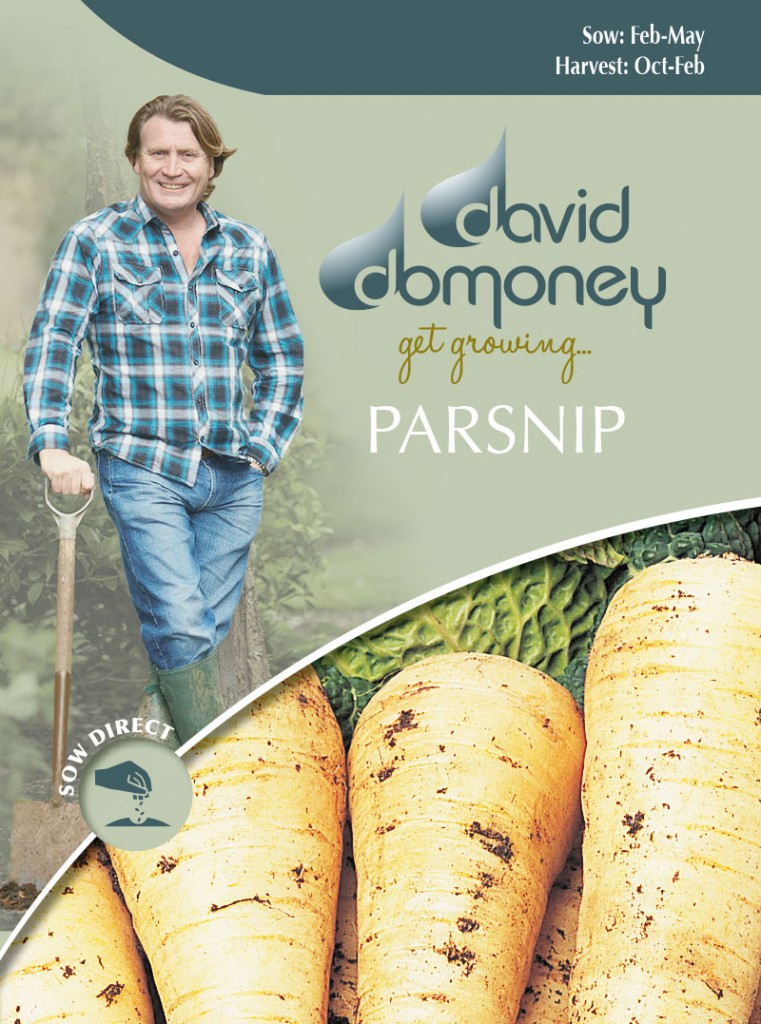Parsnip
Parsnip Palace F1
A high quality variety specifically bred to produce great tasting, large roots with good resistance to canker and great flavour. These uniform, smooth skinned parsnips are often good enough for exhibition use and have a wonderful, sweet and full flavour. A really excellent variety producing reliable crops throughout the winter months.
Growing Advice

Sow Indoors
Parsnips should be sown outdoors, directly where they are to grow.
Sow Outdoors
Sow outdoors February to May. Sow thinly 1.5cm deep directly where they are to grow, in rows spaced 40cm apart. Keep the soil moist and weed free at all times. Seedlings should start to appear after approximately 14-32 days. When they are large enough to handle, thin the seedlings to 20cm apart, giving the remaining plants room to grow on. It is good practice to water well after thinning out, to wash any dislodged soil back around the roots of the remaining plants. Keep well watered and weed free.
Top Tips About Seeds
- Parsnip seeds are best used fresh so it is best to sow all the seed in the packet in one season.
- For the best results it can be useful to make a couple of sowings 3-4 weeks apart, this also helps to extend the harvest season.
Growing in Containers
Parsnips, due to their large size and slow growth are not well suited to patio pots or containers.
Common Problems
Water thoroughly once a week during particularly hot and dry spells as this will help the roots swell. Carrot fly is the most common pest and if it becomes a problem can be prevented by growing plants under a fine insect netting and delaying sowing until May. Also, try growing spring onions between the rows, this has been been proven to deter carrot root fly, or at least mask the scent of the parsnip roots.
Harvest
Harvest from October to February. If the roots lift easily then harvest alternate roots from the row, leaving more space for the remainder to grow on. On heavier soils it may be necessary to lift sections of the row with a garden fork. In both instances water the remaining roots well afterwards to replace any dislodged soil.
Ideas on how to use your Parsnip
Keep the soil moist as the seeds are germinating, if it dries out completely it can set them back. Water thoroughly once a week during particularly hot and dry spells as this will help the roots swell. Parsnips freeze well so chop up any surplus and freeze for later use. To make best use of garden space it is generally a good idea to sow fast growing crops like radishes or salad leaves between the rows of slow growing crops like parsnips.

